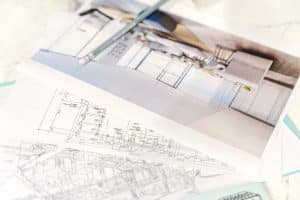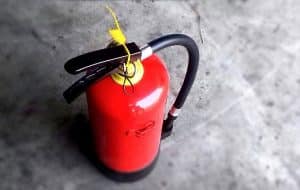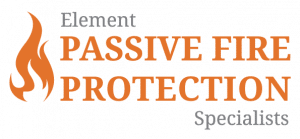2021 Fire Safety Bill Explained
In the aftermath of the Grenfell Tower tragedy, the Fire Safety Bill was granted Royal Assent earlier in April this year. The fire legislation had not been changed since the Regulatory Reform Fire Safety Order from 2005. The overdue legal changes to fire safety regulations were implemented following Dame Judith Hackitt’s Independent Review of Building Regulations and Fire Safety, which highlighted the insufficiency of the pre-existing fire safety law and revealed some ugly truths about the poor levels of fire protection within some UK buildings.
Click the link below to view the Fire Safety Bill in full.

This new legislation is particularly important for leaseholders with a building that has multi-occupancy residency. The Fire Safety Bill, which applies to multi-occupied residencies, places heavier legal burdens on the Responsible Person, and offers clarification with regards to the locational particularities of building design which require passive fire protection.
So, what’s changed?
More accountability
The original Regulatory Reform Fire Safety Order places fire safety accountability upon anyone who has authority within the premises. The Responsible Person is defined as the…
- Employer
- Landlord
- Owner
- Occupier
- Facilities Manager, managing agent, risk assessor, or anyone who has control of the premises.
The definition of the Responsible Person remains the same.
However, the Fire Safety Bill increases the legal burdens on the Responsible Person, and they will be required to include more specific areas within the Fire Risk Assessments. The Responsible Person is accountable for the completion of a regularly reviewed and up-to-date fire risk assessment to cover the premises. Fire and rescue authorities are now issued with powers of enforcement for any non-compliance to these set guidelines.
The new Fire Safety Bill explains that provisions of the Regulatory Fire Safety Order have been extended to other areas of multi-occupancy residencies
The Fire Safety Bill specifies in more detail which areas the Regulatory Reform Fire Safety Order refers to. That is; within the structure of the building, including walls and external walls, and aspects that are attached to the structure including cladding and balconies. It also considers doors that lead into common parts. It is now a fire safety requirement to inspect all external walls of the premises.
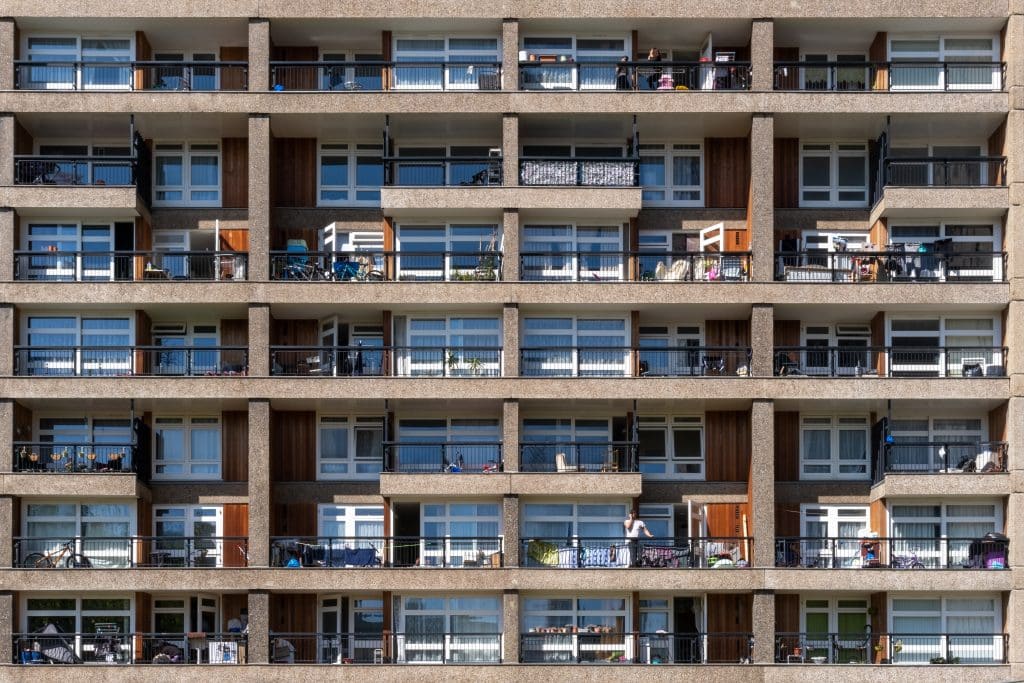
What does the Fire Safety Bill mean for the fire protection industry?
We expect the law will eventually demand all fire remedial works and fire protection services be completed by third-party accredited, reputable companies. That’s why it’s heavily recommended that you choose a third-party accredited fire protection company to carry out any work your building may require.
Asking for help from Fire Protection Professionals
Employers, leaseholders and building owners are pressurised to ensure they meet all the correct legal fire safety requirements now more than ever. It’s imperative that everyone gets it right. This can feel a little daunting, and you may want to seek help from fire protection professionals.
However, there are some things you need to be wary of still when getting passive fire protection for your business. Be cautious of non-third-party accredited companies. You may be facing issues such as
- Ill fitted equipment
- Substituting products for cheap, low-quality ones
- Unskilled labour
- Time pressures to get work completed which may lead to rushing
This can make your building non-compliant which can result in unanticipated fines, and more importantly – lower levels of fire protection.
The Benefits of a Third-Party Accredited Fire Protection Company
It is highly recommended that any work carried out is completed by a reputable, third-party accredited company. Third-party certifications mean you can expect reliable, competent work and professional service that works closely with legal fire safety requirements. This can help ensure that your premises is protected to the highest possible standard.
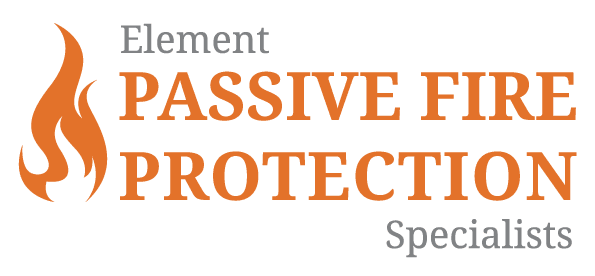
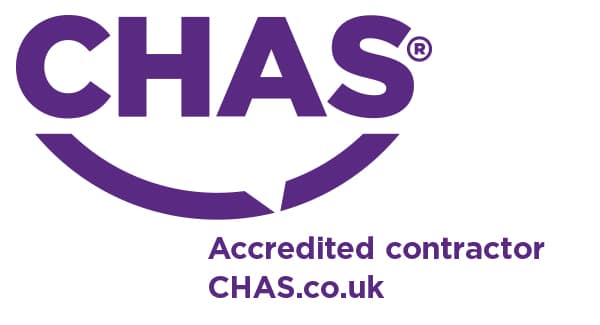
How Element PFP can help
We can conduct fire risk assessments, fire compartmentation surveys, fire door installations, and fire remedial works. We are high-quality experts in the field, so we can help you understand the correct fire safety measures, tailored for your specific building. Among multiple accreditations, we proudly hold CHAS accreditation and IFC certification – so you’re in good hands. View our certifications here.
We can implement Bolster systems – an electronic fire protection management app that can be easily used by all parties. You can quickly access proof of your fire protection system using our trackable documentation system.
Contact Us
Element PFP are on hand to help with any concerns you may have about your building’s passive fire protection. Please don’t hesitate to contact us for any enquiries.


